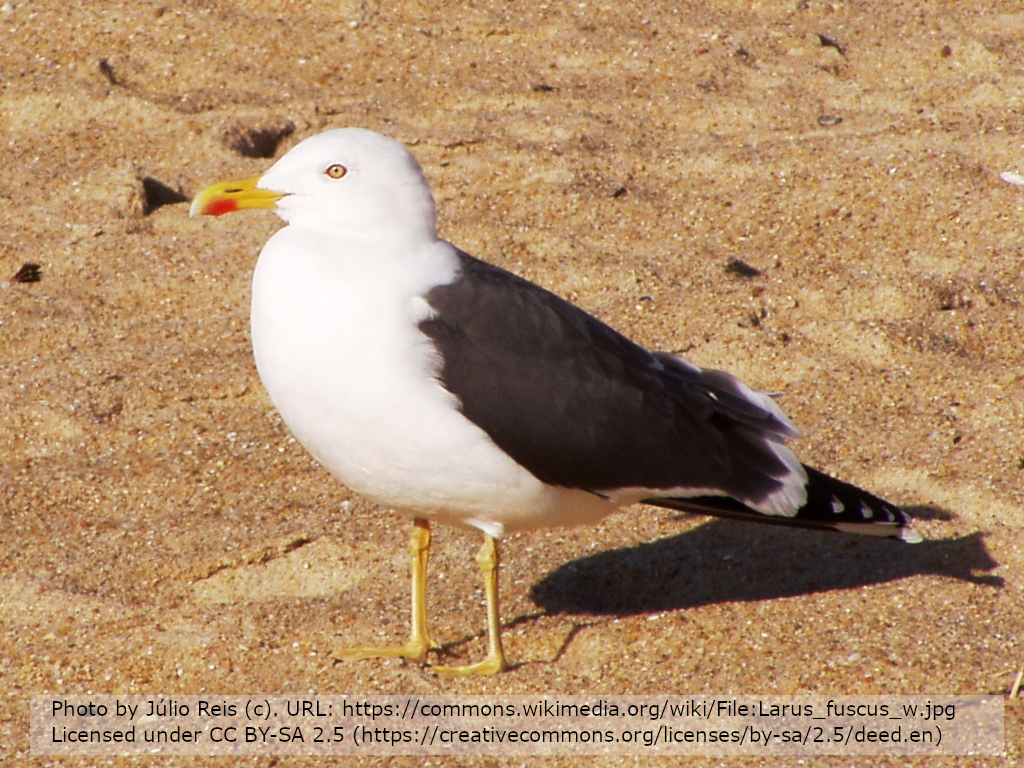Current status and population dynamics of nominate subspecies of Lesser Black-backed Gull Larus fuscus fuscus in the White Sea
DOI:
https://doi.org/10.34080/os.v17.22703Keywords:
population studies, breeding success, subspecies, survey, monitoring, conservationAbstract
The size of the colonies of the nominate subspecies of Lesser Black-backed Gull Larus fuscus fuscus was monitored annually in Onega Bay of the White Sea in 1989—2006. The total current population in the studied area is about 2,100 pairs or 10% of the world population of this subspecies. During the time of monitoring the population increased more than three times, and since the 1960s it has increased more than six times. The main increase was observed in the seven biggest colonies (more than 100 pairs) where more than 60% of the White Sea population was breeding. Average long-term clutch size was 2.44, and breeding success was 1.0 fledgelings per pair. The increase in number probably results from the decrease of disturbance in the breeding area and improvement of feeding resources. The increase of the White Sea population contrasts with a strong decline of the Baltic population.
Downloads

Downloads
Published
How to Cite
Issue
Section
License
The copyright of each contribution belongs to the author(s), but all contributions are published under a Creative Commons license, so that anyone is free to share and reuse the contribution as long as the copyright holder is attributed.







